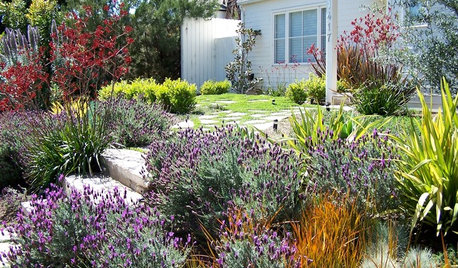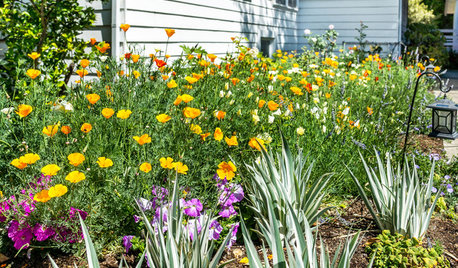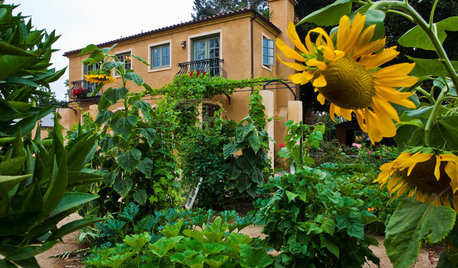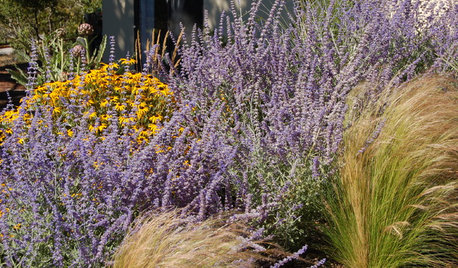Zoysia Problems
mikek1947
13 years ago
Related Stories

SAVING WATERGreat Plants for Lush, Low-Water Gardens
Water restrictions making your garden look washed out? Give it living color with unthirsty grasses, flowers and succulents
Full Story
LANDSCAPE DESIGN7 Low-Maintenance Lawn Alternatives
Turf isn't the only ground cover in town. Get a lush no-grass lawn with clover, moss and other easy-care plants
Full Story
LANDSCAPE DESIGNCalifornia Says Goodbye to the Sprawling Ornamental Lawn
New state rules will effectively limit turfgrass to 25 percent of the landscape in most new and renovated yards
Full Story
LANDSCAPE DESIGN10 Ideas for a Creative, Water-Conscious Yard
Check out these tips for a great-looking outdoor area that needs less water
Full Story
GARDENING GUIDESHow to Plant a New Lawn From Sod
Take the quick-start route to turf with sod; these installation guidelines will help ensure a healthy and long-lasting lawn
Full Story
GARDENING AND LANDSCAPINGHouzz Survey: See What Homeowners Are Doing With Their Landscapes Now
Homeowners are busy putting in low-maintenance landscapes designed for outdoor living, according to the 2015 Houzz landscaping survey
Full Story
REGIONAL GARDEN GUIDESTexas Gardener's April Checklist
Get your sowing and planting on — spring brings a tantalizing array of possibilities in the garden
Full Story
CALIFORNIA GARDENINGSouthern California Gardener's November Checklist
Sow wildflower seeds while ye may, give berries some love and pay attention to produce for garden veggies all winter long
Full Story0







mikek1947Original Author
mikek1947Original Author
Related Professionals
Danbury Landscape Architects & Landscape Designers · Carson Landscape Architects & Landscape Designers · Garden City Landscape Architects & Landscape Designers · Frisco Landscape Contractors · Salem Landscape Contractors · Coram Landscape Contractors · Deerfield Beach Landscape Contractors · Federal Way Landscape Contractors · Framingham Landscape Contractors · Holland Landscape Contractors · Lewisville Landscape Contractors · Miller Place Landscape Contractors · West Chicago Landscape Contractors · Bakersfield Swimming Pool Builders · Shady Hills Swimming Pool Builderstexas_weed
botanicalbill
mikek1947Original Author
itri
ZoysiaSod
garycinchicago
ZoysiaSod
texas_weed
tiemco
fruitjarfla
garycinchicago
texas_weed
ZoysiaSod
ZoysiaSod